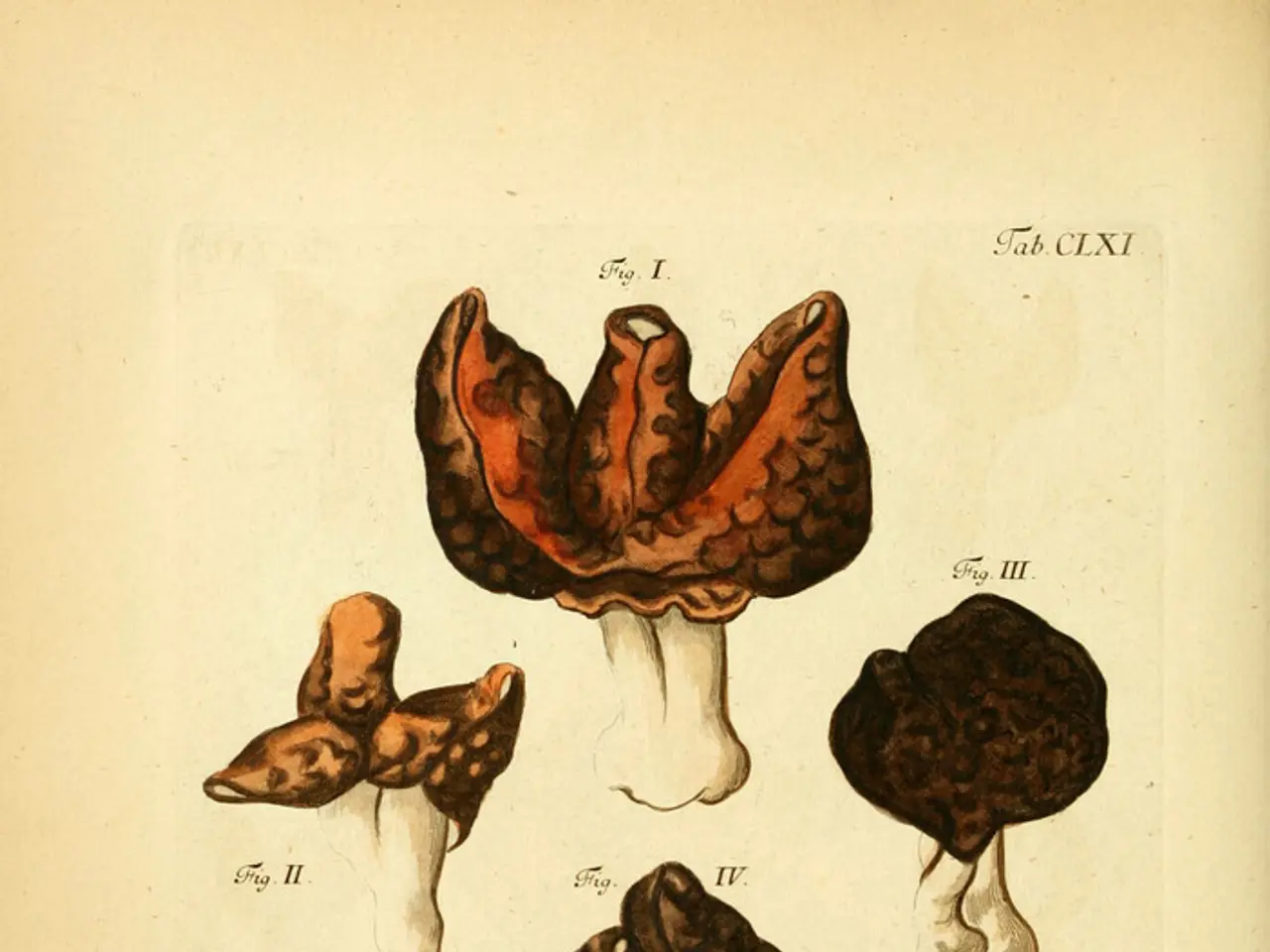Ehrlichiosis: Identifying Symptoms, Exploring Treatment Options, and Discussing Preventive Measures
Ehrlichiosis: A Bacterial Infection from the Lone Star Tick
Ehrlichiosis, a bacterial infection transmitted via the lone star tick, is no joke. Named after Fort Chaffee in Arkansas, where the first human case was confirmed, it's a disease that can be potentially dangerous for individuals with compromised immune systems. Let's dive into the nitty-gritty of what you should know about this tick-borne illness.
Symptoms of ehrlichiosis usually commence around 1 to 2 weeks after an infected tick bite. While the symptoms can vary, they often include chills, confusion, diarrhea, eye redness, fever, headache, muscle pain, nausea, and vomiting. You might be surprised to learn that an estimated 60% of children with ehrlichiosis develop a rash, compared to only 30% of adults. If a rash does occur, it usually doesn't itch and can resemble a sunburn, causing swelling, peeling, and redness primarily on the palms and soles of the feet.
Ehrlichiosis may share similar symptoms with other tick-related conditions, such as anaplasmosis, Lyme disease, and Rocky Mountain spotted fever. However, it is more likely to affect older adults or individuals with weakened immune systems. Interestingly, with ehrlichiosis, a rash is much less common than in other tick-related diseases. It's worth noting that the lone star tick can also carry bacteria known to cause Rocky Mountain spotted fever.
Diagnosing ehrlichiosis can prove challenging, as its symptoms often resemble those of the flu. A blood test can check for antibodies the immune system develops in response to a tick bite, but these usually don't appear until a week after the bite. While it's crucial for doctors to diagnose a person quickly, they may need to order additional laboratory tests, including examining blood under a microscope for the presence of morulae (collections of Ehrlichia bacteria) in white blood cells.
Treatment for ehrlichiosis typically involves doxycycline antibiotics. Early administration of antibiotics reduces the risk of complications, including potential long-lasting effects. If a person cannot take doxycycline due to allergies or pregnancy, a doctor may prescribe rifampin instead. Failure to promptly receive treatment can lead to complications such as prolonged fever, adult respiratory distress syndrome, blood clotting disorders, seizures, coma, and meningitis.
To prevent ehrlichiosis, it's essential to take steps to avoid tick bites, including wearing long, light-colored clothing while camping or hiking, checking clothing and skin for ticks after outdoor activities, and checking pets for ticks after they've been outside. Exposure to fields and wooded areas increases the risk of getting a tick bite. Since ehrlichiosis is fatal in some cases, it's crucial to seek medical evaluation immediately if you experience symptoms after a tick bite.
While the majority of people make a full recovery from ehrlichiosis with prompt and proper treatment, the disease can be life-threatening, particularly for those with weakened immune systems. Keep in mind that when dealing with ehrlichiosis or any other tick-borne illness, prompt recognition and treatment are key to preventing serious illness. Stay safe, and stay informed! 😉
- Science has been trying to understand various medical conditions, including chronic diseases like cancer, health and wellness, fitness and exercise, sexual health, family health, mental health, men's health, and skin care, among others.
- Lyme disease, a tick-borne disease, is well-known, but there are other tick-related illnesses such as ehrlichiosis, anaplasmosis, and Rocky Mountain spotted fever.
- Ehrlichiosis, a bacterial infection caused by the lone star tick, can have symptoms that overlap with other tick-related diseases but is more likely to affect older adults or individuals with weakened immune systems.
- Therapies and treatments for ehrlichiosis often involve antibiotics like doxycycline, which can reduce the risk of complications if administered early.
- Nutrition plays a crucial role in overall health and wellness, and proper nutrition may boost the immune system, helping the body fight off bacterial infections like ehrlichiosis.
- Women's health encompasses various medical conditions, including tick-borne infections, and it's essential to seek timely medical evaluation when experiencing symptoms after a tick bite.
- Parenting involves teaching children about the importance of protecting their health, including avoiding tick bites and seeking medical attention when necessary.
- Medicare may cover the treatments for tick-borne illnesses like ehrlichiosis, depending on the individual's plan and circumstances.
- In addition to tick-borne diseases, government programs like Medicare can address various neurological disorders, such as Parkinson's disease or multiple sclerosis, and provide coverage for treatments and therapies like CBD oil.




